Citroën Slough UK Manufacturing History
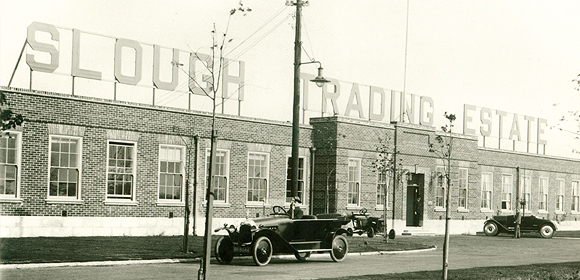
For 40 years (1926 – 1966) Citroën’s UK manufacturing plant was located in Slough. Its output of cars were distributed to Britain and throughout the Commonwealth.
The Slough Trading Estate, on which the Citroën factory was located on Liverpool Road, came into being shortly after the First World War. In 1918, a large area of land to the west of Slough, and next to the Great Western railway line, was bought by the government as a repair depot for army transport.
Within months, however, the war had ended. For a while the site continued to be used for the repair and sale of ex-army vehicles, but by 1925, the land had been sold to a group of investors who established the Slough Trading Estate – one of the earliest of its kind in the country.
Citroën was one of the first companies to establish itself on the site. Rising demand for the vehicles and the imposition of the McKenna Duties (33.3% on imported vehicles, excluding commercial vehicles) led André Citroën to set up an assembly plant to manufacture cars for the British domestic and Empire (later Commonwealth) markets.
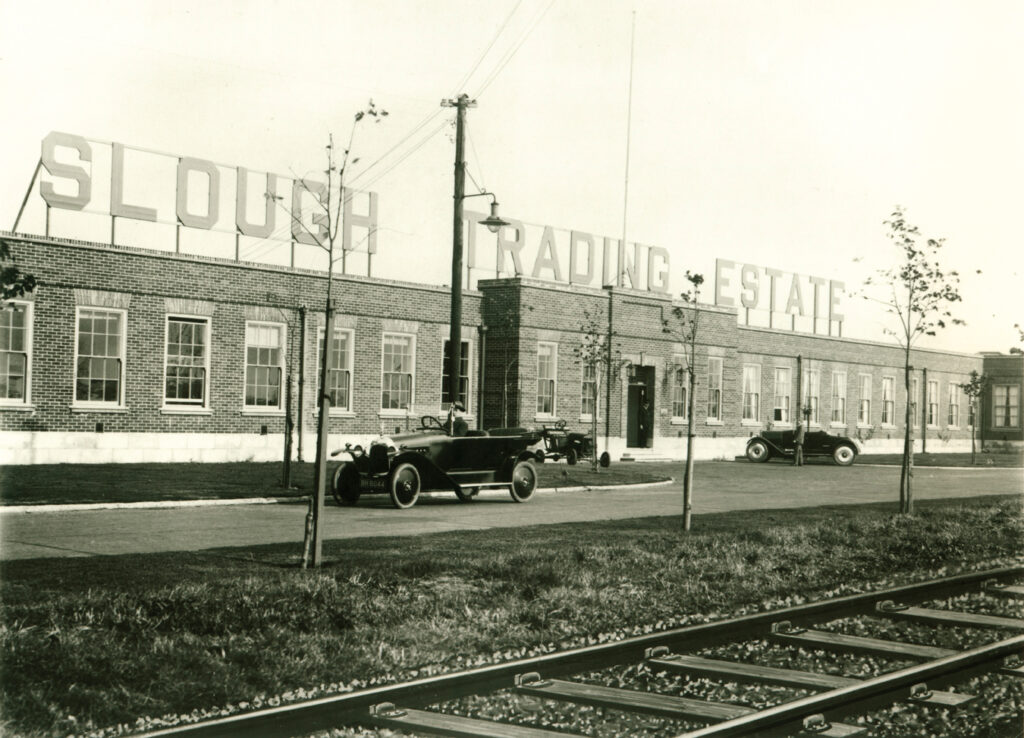
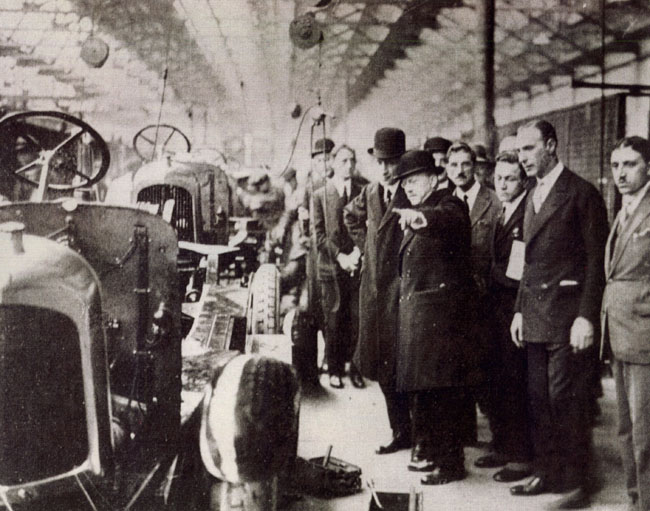
The Citroën factory, was opened on February 18, 1926 building cars using a combination of French-made knock down kits and locally sourced components.
Although the development brought many jobs to the town, it was not greeted with universal approval. Sir John Betjeman’s poem, written in 1937 and simply entitled Slough, criticized the construction of more than 800 factories in the Thames Valley… “Come friendly bombs and fall on Slough! It isn’t fit for humans now.”
More than 57,000 Citroëns were manufactured and assembled in Slough; from the early Type C to the final DS21, including along the way; the Traction Avant Light Fifteen, Big Fifteen and Big Six models, the 2CV and the unique to the UK Bijou.
The Slough-built Tractions differed not only in name and right hand drive steering (though some were built with left hand drive for export) but also in terms of finish. Slough Tractions had a 12 volt Lucas electrical system, Smiths instruments, wooden dashboards, Connolly leather interiors, chromed grills and a choice of colours other than black. Some were shipped from the factory in just primer, so they could be painted in the customer’s choice of colour in markets such as Africa.
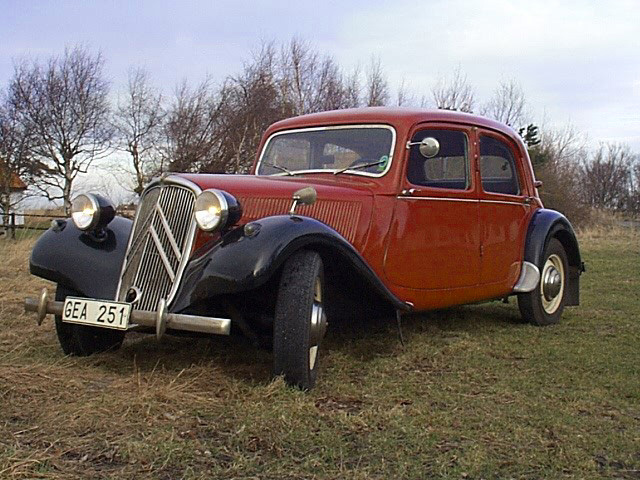

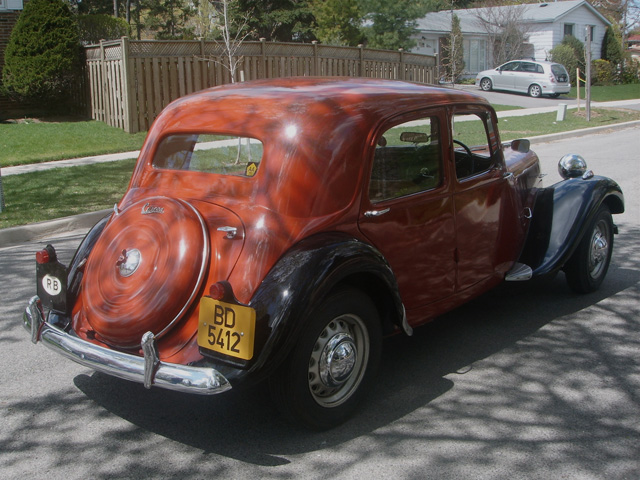
During the Second World War, the plant built a further 23,000 CMP (Canadian Military Pattern) trucks.
Slough-built 2CVs had flip-open rear door windows that mimicked those of the front doors, 12 volt Lucas electrics, a ‘Front Wheel Drive’ bonnet ornament, unique bumpers and overriders at the front, chromed hubcaps, chromed headlamp rims, a different roof material using a knitted backing rather than woven and being waterproofed with a substance called Everflex.

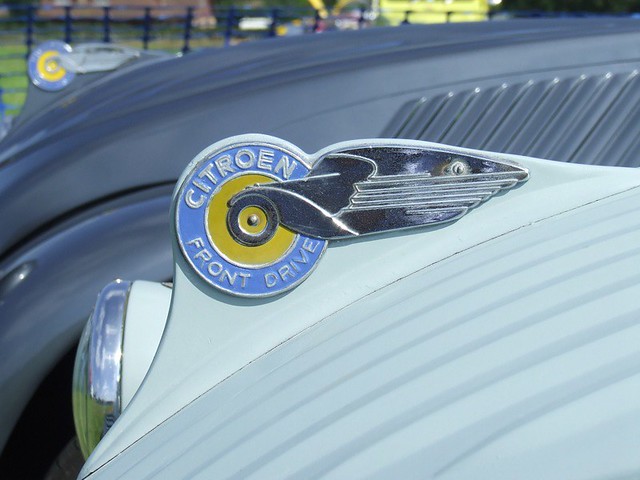
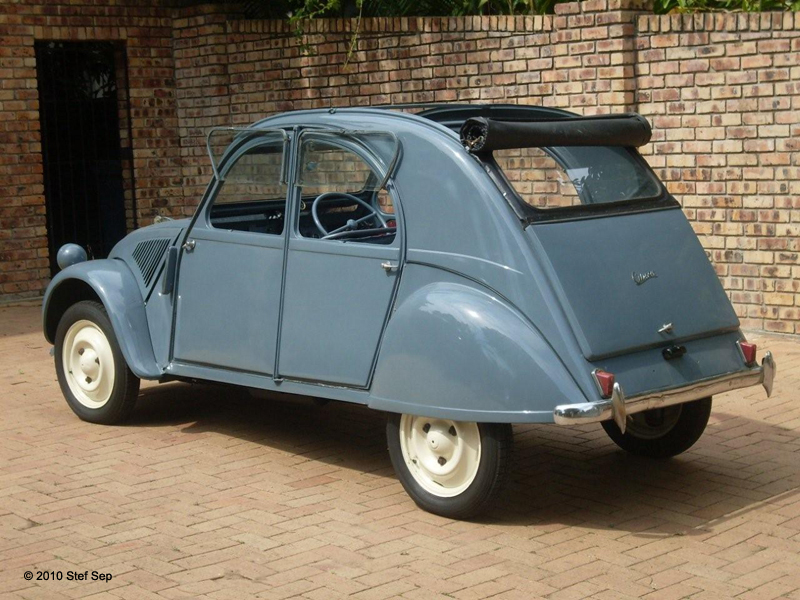
The factory also produced an open-bed pick-up based on the 2CV Truckette.

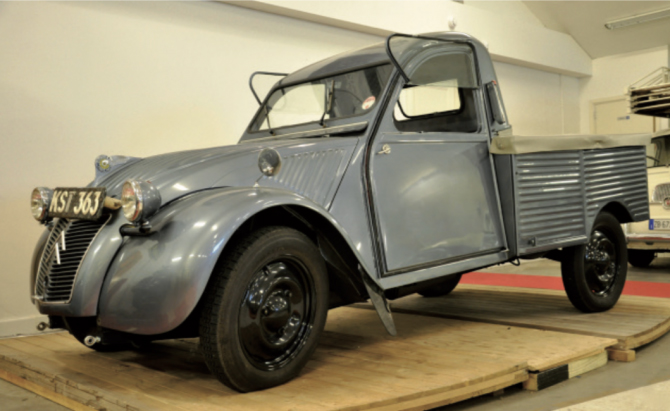
The Bijou was a fibreglass-bodied 2-door coupe, based on the mechanicals of 425 cc engine 2CV. Slower and more expensive that an Austin Mini at the time, only 211 were produced from 1959 until 1964.
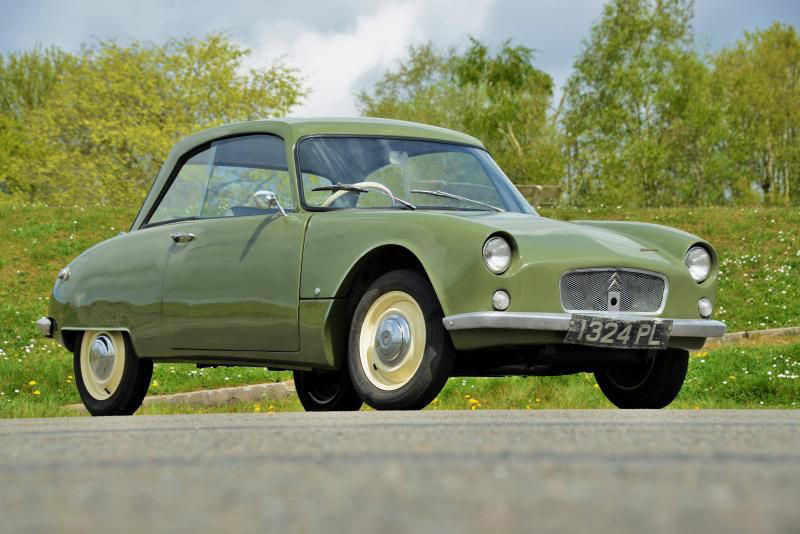
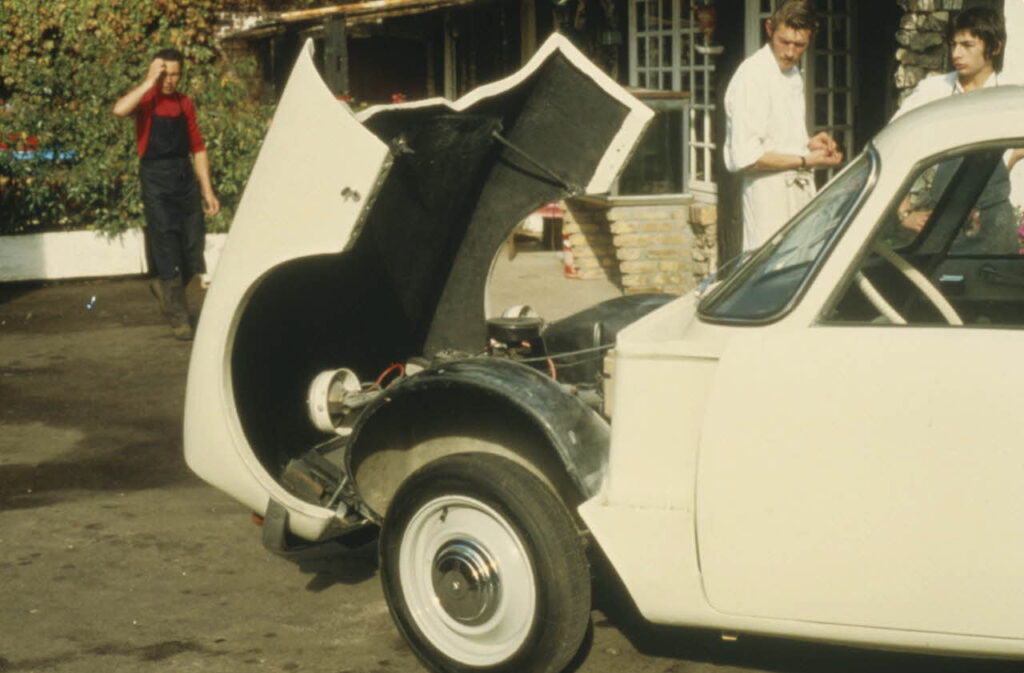
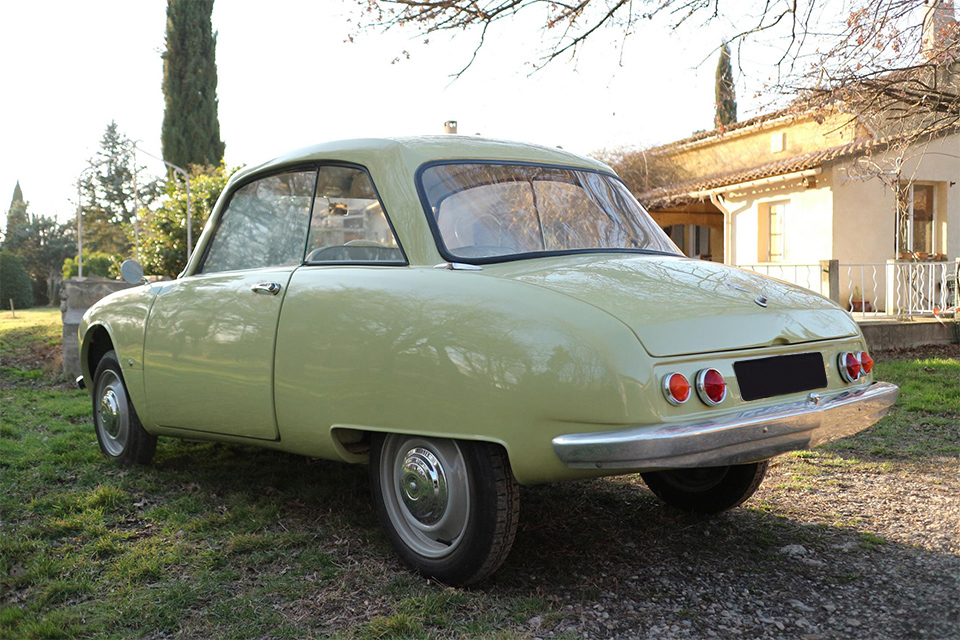
Slough built DS also had 12 volt Lucas electrics. An intermediate model between the DS and the ID, called the DW, was introduced on the UK market in 1963 with a manual transmission and simpler foot-operated clutch while retaining the DS power unit, power steering and power braking; outside of the UK this model was known as the DS19M.[58][59] When the 1985 cc engine replaced the original 1911 cc unit in September 1965 the manual-equipped DSes built in Slough were renamed DS19A.
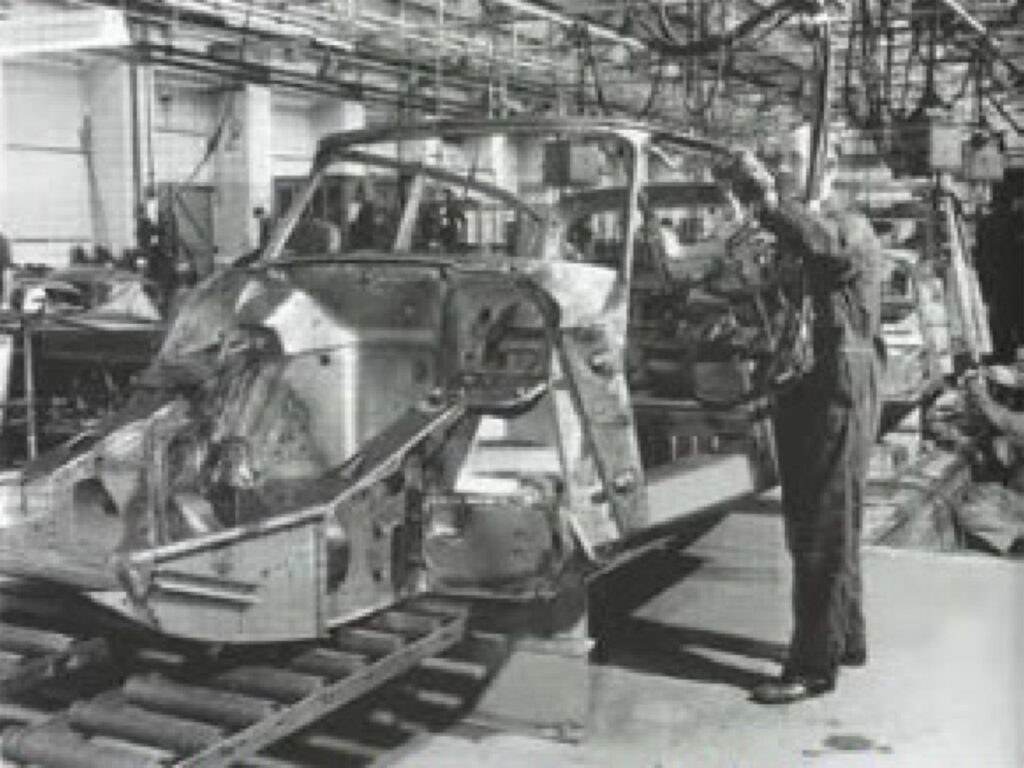
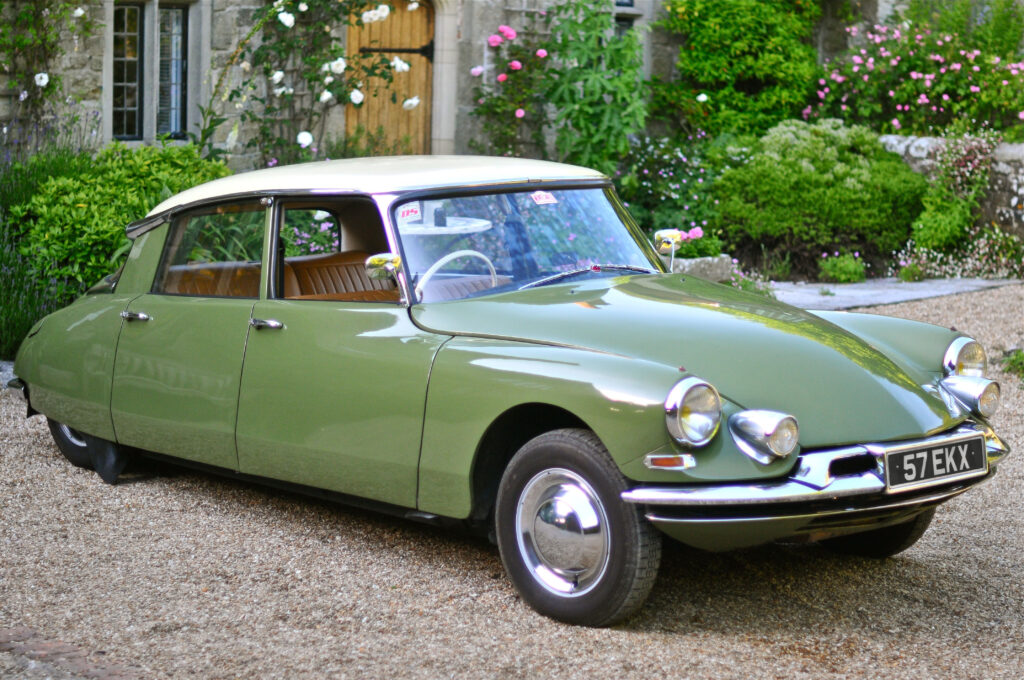
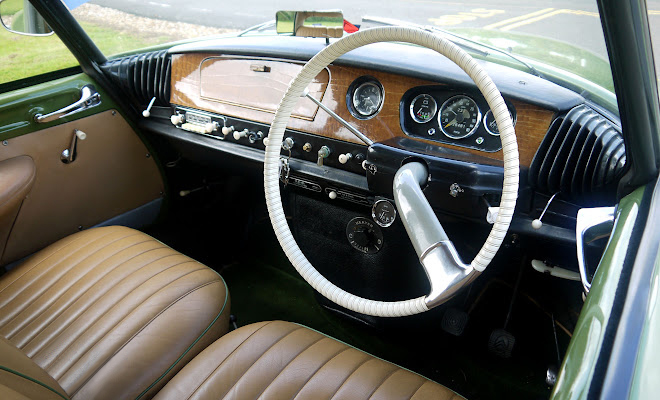
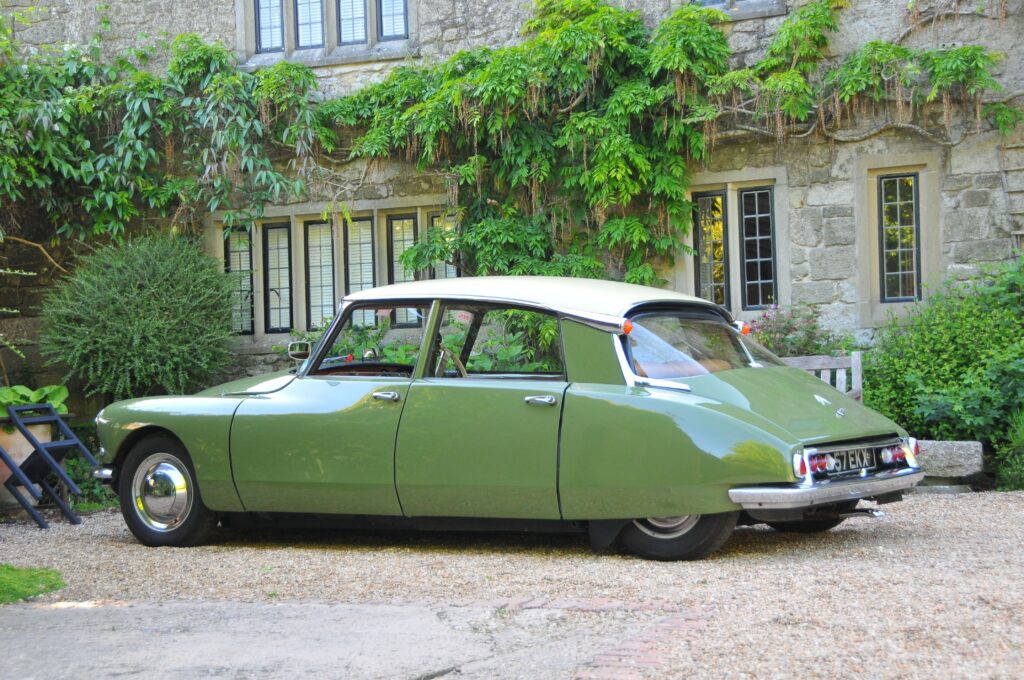
Citroën assembly in Slough ended in February 1965. For a while the factory was retained as a marketing, service and distribution centre, but in 1974, these sections were moved to other premises, and the buildings were taken over by Mars confectionery.
No trace remains today of the Citroën works in Slough.




There is much more here on my site
http://www.citroenet.org.uk/foreign/slough/slough-index.html